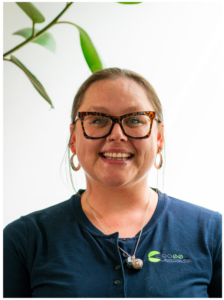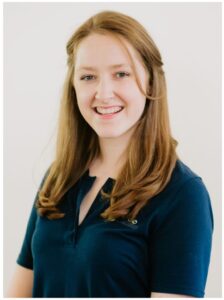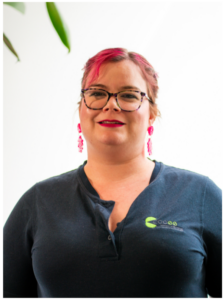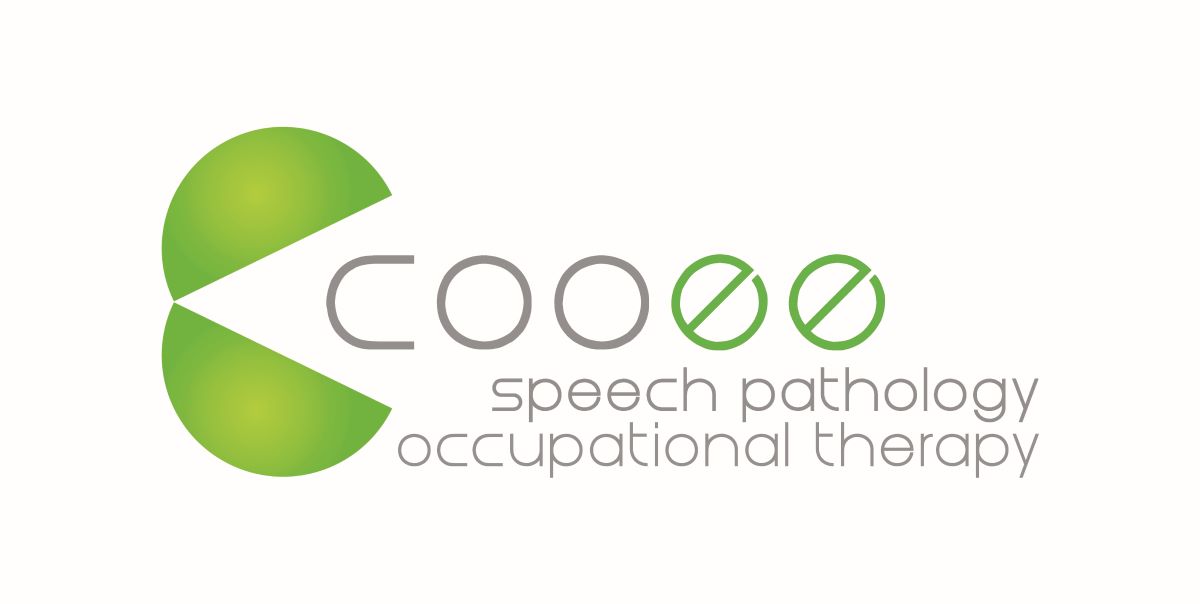Celebrating Neurodiversity: Embracing Neurodiverse-Affirming Practice in Allied Health

At Cooee Speech Pathology, we believe every individual deserves to be seen, heard, and supported as they are.
In recent years, there’s been a growing global and local movement—particularly in allied health—to shift away from deficit-based approaches and toward what’s called neurodiverse-affirming practice. This change reflects a deeper understanding and appreciation of the diversity of human brains, behaviours, and experiences.
What is Neurodiversity?
Neurodiversity is the concept that neurological differences—such as Autism Spectrum Disorder (ASD), Attention Deficit Hyperactivity Disorder (ADHD), Dyslexia, and Dyspraxia—are natural and valuable forms of human diversity (Kapp, 2020). Within this framework:
- Neurodivergent individuals think, feel, and perceive the world differently than what society typically defines as “normal.”
- Neurotypical individuals process the world in ways that are broadly accepted and expected by societal standards.
It’s essential to understand that neither neurodivergent nor neurotypical ways of thinking are better or worse—they are simply different. Neurodiversity challenges the notion of a single “correct” way to learn, behave, or communicate. It invites us to embrace the idea that there is no one “right” way to be human.
As Emma Lefever, Clinical Lead at Cooee, explains:
“A neurodiverse group will have both neurodivergent and neurotypical individuals. Neurodiversity honours both.”
What is Neurodiverse Affirming Practice?
Neurodiverse-affirming practice is an approach to therapy that respects, values, and centres the lived experiences of neurodivergent people. It doesn’t seek to “fix,” “cure,” or change the way a person naturally thinks or interacts with the world. Instead, it aims to understand each person’s unique strengths, needs, and goals—and to support them in advocating for themselves.
As defined by Jellett and Flower (2023), neurodiverse-affirming practice is:
“A space where the individual can be their authentic self and be seen and valued by another for who they are.”
Core Principles of Neurodiverse-Affirming Practice
1. Doing With, Not To
Traditional therapy often centres around goals set by professionals based on neurotypical norms. Neurodiverse-affirming practice flips this by co-constructing goals with clients that reflect their own aspirations, priorities, and lived realities (Dallman et al., 2022; Izuno-Garcia et al., 2023).
“It’s about combining the person and family’s knowledge of the lived experience with the clinician’s knowledge of diagnosis to create something individualised and evidence-based.” – Robyn Corgat, Speech Pathologist at Cooee
2. Celebrating Authenticity
This approach embraces each individual as they are, not who society expects them to be. It rejects therapies aimed at making people appear neurotypical—often called “masking”—as these can be harmful and traumatic (Ne’eman, 2021).
As Libby Hall, Speech Pathologist at Cooee, notes:
“Traditional therapy models can be highly traumatising and encourage masking behaviours. We need to celebrate and understand each person individually.”
3. Expanding the Definition of “Normal”
Neurodiverse-affirming practice encourages society and professionals to broaden what is considered “normal”. It does not focus on reducing symptoms or correcting behaviours, but rather on facilitating meaningful engagement in daily life (Rutherford & Johnston, 2022).
4. Adapting Environments, Not People
It is not the individual who needs to change, but the environment that must adapt. This might mean reducing sensory demands, allowing for movement, or providing quiet breakout spaces. As Naylor (2023) writes:
“The environment should be adapted to support inclusion.”
Clinicians can help by offering neurodivergent clients the vocabulary and tools to advocate for themselves and request the supports they need.
5. Listening to Lived Experience
Research increasingly shows that practices should be shaped by the voices and experiences of neurodivergent people (Kourti, 2021; Naylor, 2023). Neurodivergent perspectives bring invaluable insight into what supports are actually helpful—and which practices might be inadvertently harmful.
6. Honouring Communication in All Forms
Every behaviour is a form of communication. Rather than dismiss or suppress certain behaviours, clinicians should work with individuals to understand the message behind them, validate the communication attempt, and support their preferred methods of expression.
What This Looks Like in Practice at Cooee

At Cooee Speech Pathology, we are actively reshaping how we assess and support social communication. We’re asking questions like:
- Does this assessment honour the client’s identity and communication preferences?
- Are we gathering information in a way that feels safe and supportive in alignment with evidence based practice?
- How can we better include the client’s voice in shaping their therapy?
- What are the specific interests and motivations of our clients and how can we combine our evidence based practice on an individual level?
Speech Pathologist, Libby Hall reflects:
“There is no ‘magic formula’ that can be applied as a blanket protocol for all individuals… Neurodiverse-affirming practice is a process. And we’re committed to building systems and environments that are welcoming and supportive of our clients, team, and community.”
How You Can Be More Neurodiverse-Affirming
Whether you’re a clinician, educator, parent, or community member, here are some key takeaways:
- Be led by the individual in terms of preferences, sensory needs, and pace.
- Modify environments—not people.
- Honour all communication attempts and explore the message behind behaviours.
- Avoid prioritising “normal” over authentic self-expression.
- Ensure everyone has a reliable way to communicate.
Provide spaces for regulation and quiet when needed.
In Summary
Neurodiverse-affirming practice is about respect, inclusion, and empowerment. It’s about working with neurodivergent individuals to help them achieve outcomes that are truly meaningful to them—not outcomes based on neurotypical expectations. At Cooee, this commitment is woven into every aspect of our work. We see, value, and celebrate each person for who they are.
Contributing writers- Robyn Corgat, Emma Lefever and Elizabeth (Libby) Hall, Speech Pathologists. May 2025.



References
-
Dallman, A. R., Williams, K. L., & Villa, L. (2022). Neurodiversity-affirming practices are a moral imperative for occupational therapy. The Open Journal of Occupational Therapy, 10(2), 1-9. https://doi.org/10.15453/2168-6408.1937
-
Izuno-Garcia, A. K., McNeel, M. M., & Fein, R. H. (2023). Neurodiversity in Promoting the Well-Being of Children on the Autism Spectrum. Child Care in Practice, 29(1), 54-67. https://doi.org/10.1080/13575279.2022.2126436
-
Jellett, R., & Flower, R. L. (2023). How can psychologists meet the needs of autistic adults? Autism, 13623613221147346. https://doi.org/10.1177/13623613221147346
-
Kapp, S. K. (2020). Autistic community and the neurodiversity movement: Stories from the frontline. Springer Nature.
-
Kourti, M. (2021). A Critical Realist Approach on Autism: Ontological and Epistemological Implications for Knowledge Production in Autism Research. Frontiers in Psychology. https://doi.org/10.3389/fpsyg.2021.713423
-
Naylor, C. (2023). “Much better set up to do my best work”: What does “neurodiversity-affirming practice” mean to the autistic community? (Thesis). University of Nottingham.
-
Ne’eman, A. (2021). When disability is defined by behavior, outcome measures should not promote “passing”. AMA Journal of Ethics, 23(7), E569. https://doi.org/10.1001/amajethics.2021.569
-
Rutherford, M., & Johnston, L. (2022). Rethinking Autism Assessment, Diagnosis, and Intervention Within a Neurodevelopmental Pathway Framework. In M. Carotenuto (Ed.), Autism Spectrum Disorders – Recent Advances and New Perspectives. IntechOpen.
